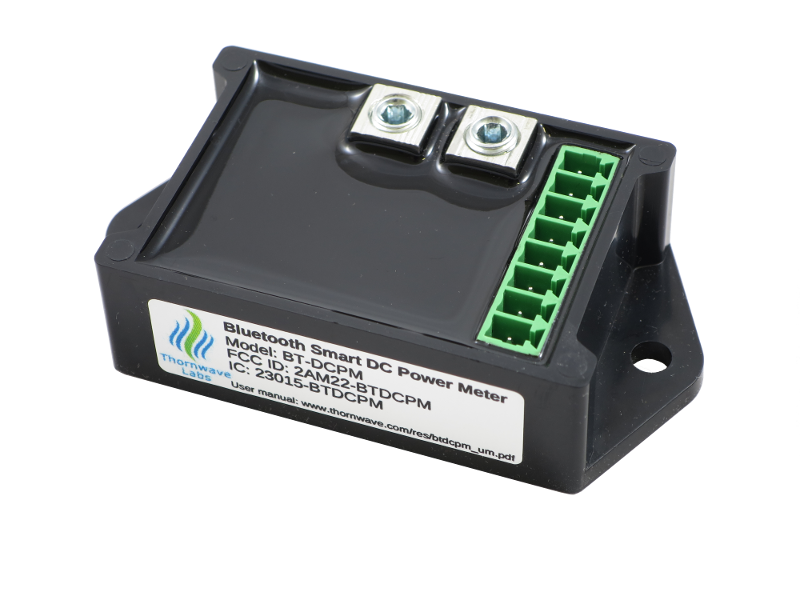Hey everyone!
I'm new here. I have a Sportsmobile with a 12V 200Ah LiFePO4 system and a 100W solar panel. I'd like to buy a battery monitor so I can see current draw and/or current charge on my battery bank. Right now the system just has a simple voltmeter on it which doesn't tell me much in terms of current.
I've been looking through Amazon and the choices are making me dizzy. I've noticed there are shunt style and Hall effect sensor style battery monitors. Some shunt battery monitors only monitor current in one direction (requiring you buy 2?), while some are bidirectional. Are there any advantage to one style over the other? Can both measure battery capacity as well as current?
It seems to me the Hall effect battery monitors would be way easier to set up as you just have to clamp around the battery bank's main negative (or positive?) cable.
Thoughts? Recommended battery monitors?
Shunt battery monitor example
Hall effect battery monitor example
Thanks!
I'm new here. I have a Sportsmobile with a 12V 200Ah LiFePO4 system and a 100W solar panel. I'd like to buy a battery monitor so I can see current draw and/or current charge on my battery bank. Right now the system just has a simple voltmeter on it which doesn't tell me much in terms of current.
I've been looking through Amazon and the choices are making me dizzy. I've noticed there are shunt style and Hall effect sensor style battery monitors. Some shunt battery monitors only monitor current in one direction (requiring you buy 2?), while some are bidirectional. Are there any advantage to one style over the other? Can both measure battery capacity as well as current?
It seems to me the Hall effect battery monitors would be way easier to set up as you just have to clamp around the battery bank's main negative (or positive?) cable.
Thoughts? Recommended battery monitors?
Shunt battery monitor example
Hall effect battery monitor example
Thanks!




